The Secret of Sounding Native
Extraits

Anglais apprentissage
Acacia thorn in my heart
09/2001

Non classé
Oaths, Vows and Promises in the first Part of the French Prose Lancelot Romance
02/1993

Science-fiction
The aumakua. The great white shark novel
09/2023

Histoire de France
CRASH IN BAYEUX - The Last Flight of Sergeant Ferguson
09/2014

Histoire ancienne
THE ROMAN CAVALRY. From the First to the Third Century AD
01/1992
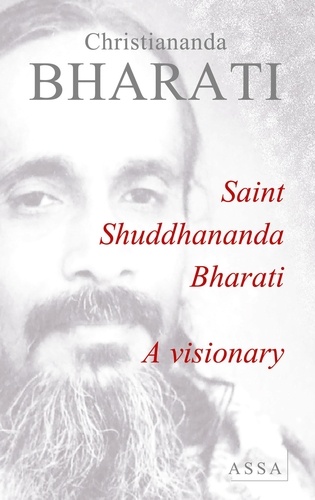
Littérature française
Saint Shuddhananda Bharati A visionary
11/2013
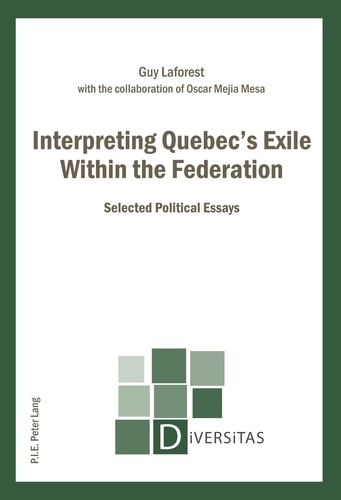
Philosophie
Interpreting Quebec’s Exile Within the Federation. Selected Political Essays
12/1986
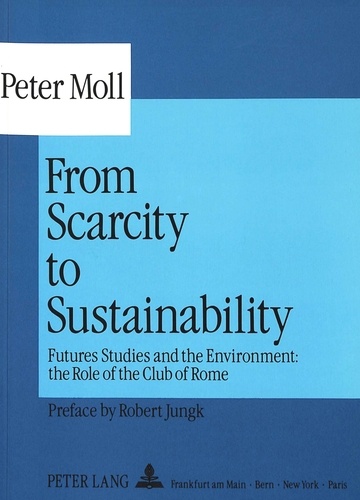
Non classé
From Scarcity to Sustainability
12/1991
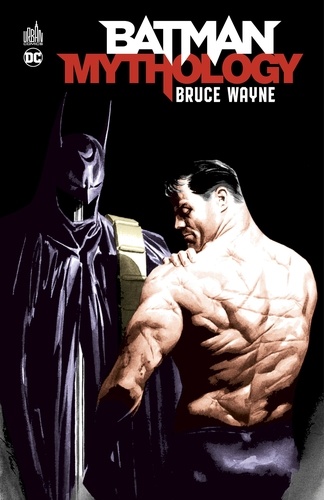
Comics Super-héros
Batman Mythology : Bruce Wayne
05/2021
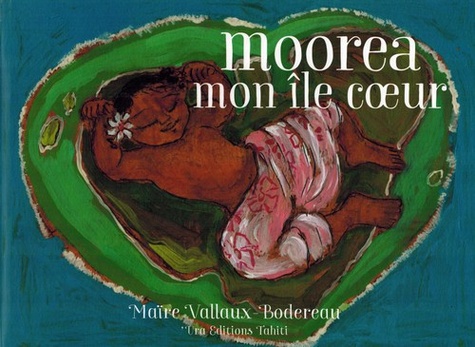
Livres 3 ans et +
Moorea, mon île coeur
01/2020

Sculpteurs
Wang Keping. Edition bilingue français-anglais
02/2022
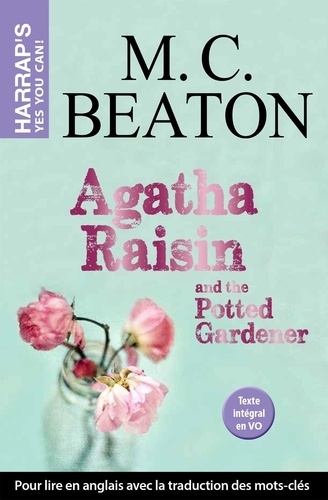
Littérature étrangère
Agatha Raisin and the Potted Gardener
02/2022

Non classé
Read Ancient African scripts from any current African language. Volume 2
05/2020
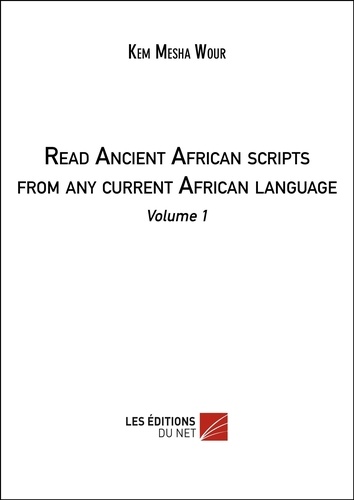
Non classé
Read Ancient African scripts from any current African language. Volume 1
05/2020
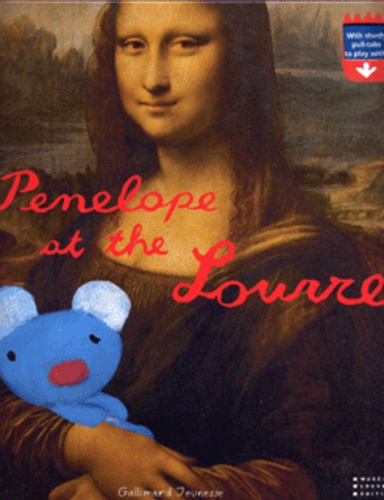
Livres 3 ans et +
Penelope at the Louvre
01/2009

Non classé
Studies in Elizabethan Audience Response to the Theatre
02/1993

Philosophie
Agencies of the Good in the Work of Iris Murdoch
10/1991
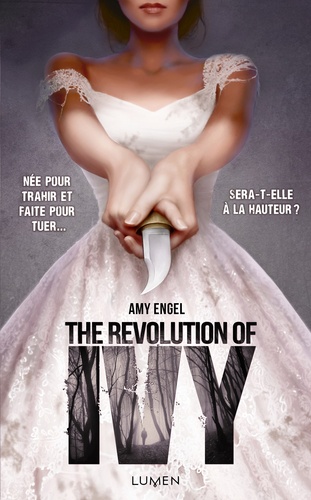
12 ans et +
The Book of Ivy Tome 2 : The Revolution of Ivy
11/2015
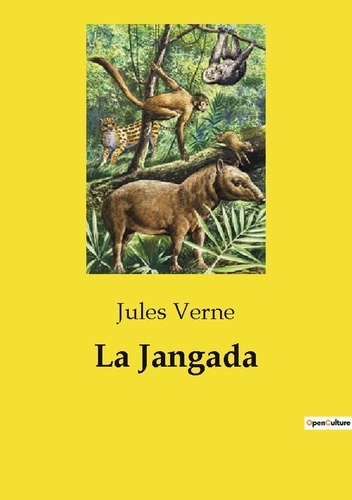
Littérature française
La jangada. .
06/1981
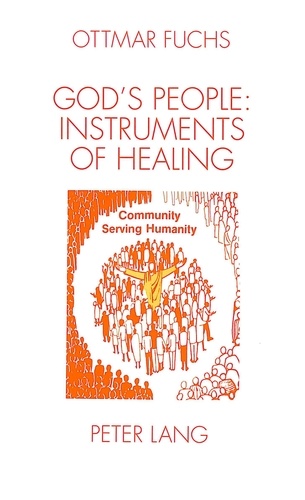
Religion
God's People: Instruments of Healing
07/1993
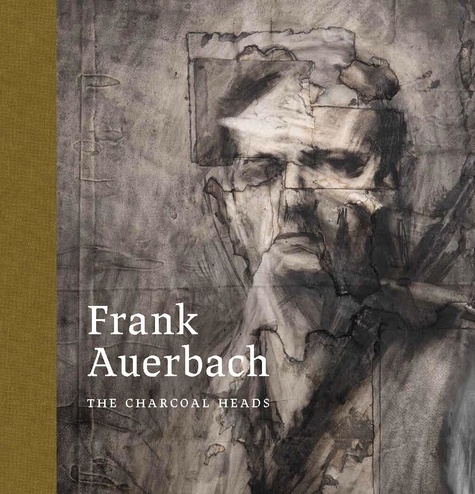
Mouvements artistiques
Frank Auerbach. The Charcoal Heads
03/2024
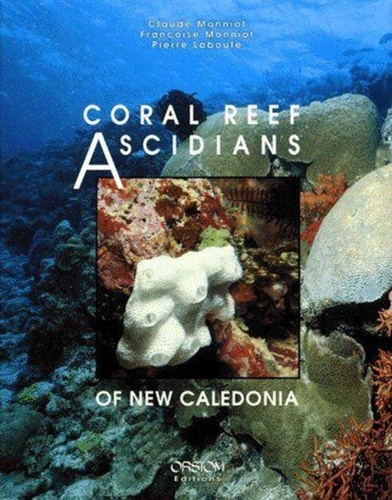
Sciences de la terre et de la
Coral reef ascidians of New Caledonia
08/1991
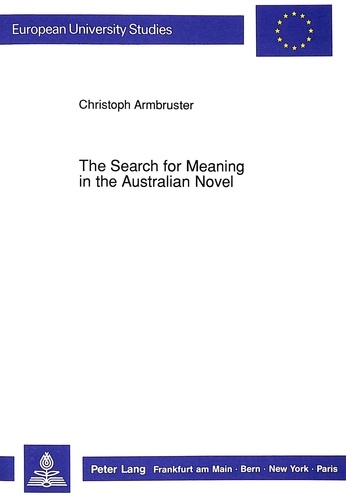
Sociologie
The Search for Meaning in the Australian Novel
10/1991
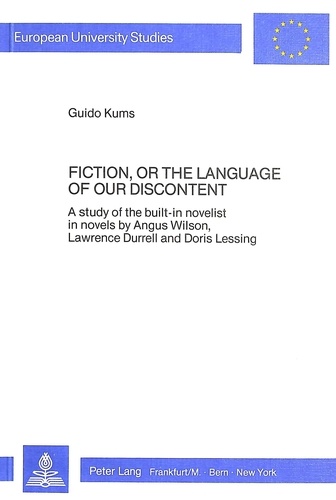
Non classé
Fiction, or the language of our discontent
12/1985
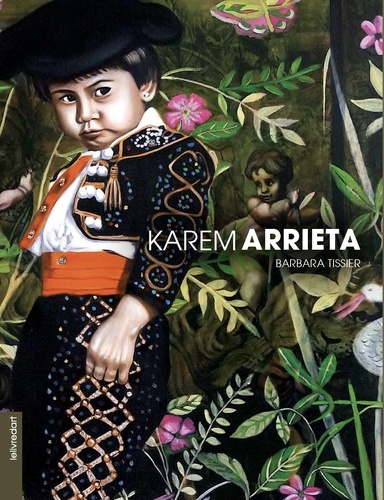
Beaux arts
Karem Arrieta. Edition bilingue français-anglais
11/2019
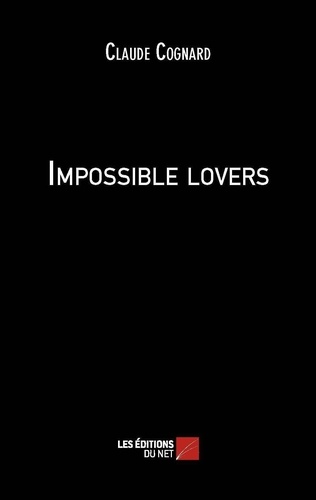
Théâtre
Impossible lovers
02/2013
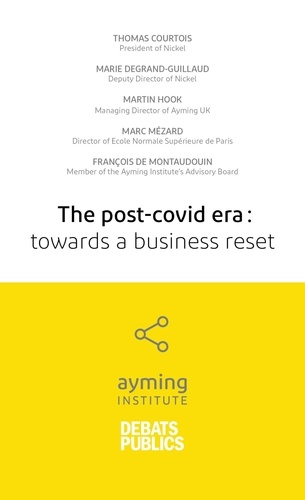
Actualité et médias
Performance post-crise
01/2021

Monographies
Burmese Silver from the Colonial Period
09/2022

Sociologie
A Handbook of Global Citizenship Education. The Belgian perspective
01/2023
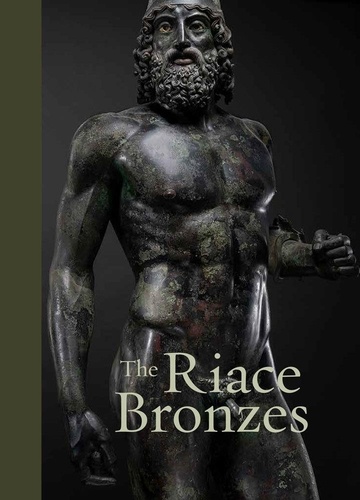
Sculpture
The Riace Bronzes
10/2022
